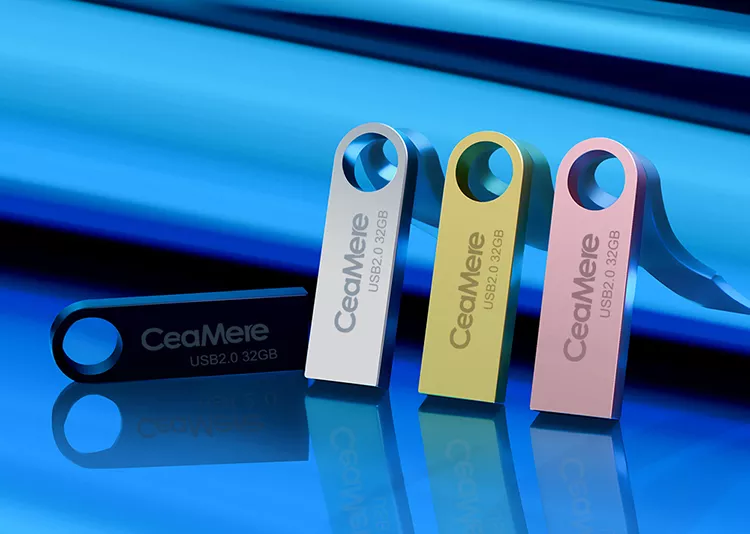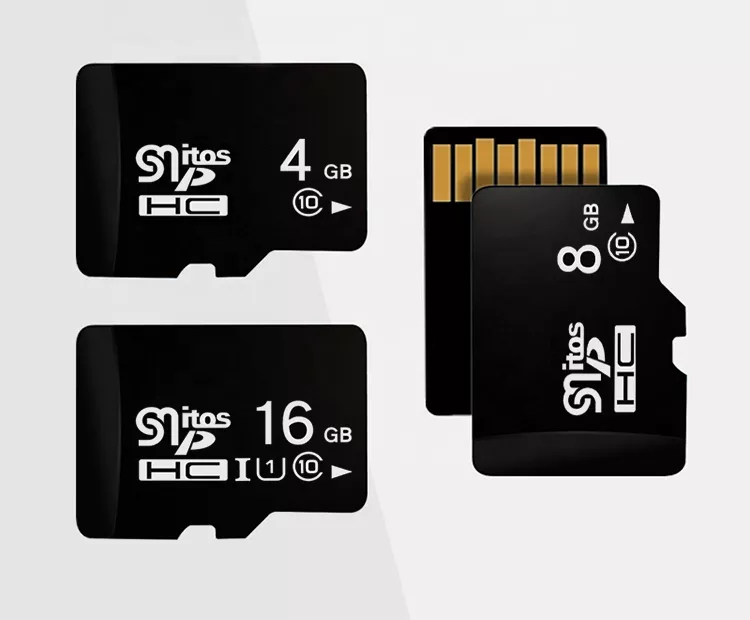Modern Storage Technology: The Repository Of Data In The Digital Age
Views : 1777
Update time : 2023-12-02 14:04:00
Evolution of storage technology
Tape storage: Early computers and data storage systems used tape as their primary storage medium. Although tape storage is no longer mainstream, it is still used for long-term data backup and archiving.
Hard drives: The advent of hard drives made random access to data easier, and they are widely used in personal computers and servers. Traditional mechanical hard drives (HDDS) and modern solid-state drives (SSDS) are two common types of hard drives, with SSDS favored for their high speed read and write speeds and reliability.
Optical storage: Optical discs (such as CDS, DVDS, and Blu-ray) were once the primary means of data and media storage, but with the rise of digital transmission and streaming media, the use of optical discs has dwindled.
Cloud storage: Cloud storage service providers such as Amazon, Google offer scalable online storage solutions. Users can upload data to the cloud server for access and data sharing and backup at any time.
Type of the storage media
Solid-state drives (SSDS) : SSDS use flash memory technology and contain no mechanical parts, so they are faster to read and write and more reliable. They are suitable for personal computers, laptops and data centers.
Hard disk drives (HDDS) : HDDS contain rotating disks and robotic arms, which are slower but less expensive, so they are often used for mass storage.
Optical storage media: Discs and DVDS are still used for the distribution of music, movies, and software, although their market share is declining.
Cloud storage: Cloud storage provides flexible remote storage without the need for physical media. It is highly scalable and portable.
Future trend
High performance and high capacity: Storage devices will continue to pursue higher performance and capacity to meet the growing demand for data. New storage media and technologies, such as 3D NAND and storage-level memory, will drive improved storage performance.
Data security: As the threat of data breaches and cyber attacks increases, data security will become a key focus of storage technology development. Technologies such as hardware encryption, biometrics and multi-factor authentication will be used to improve data security.
Durability and reliability: Long-term data preservation and reliability are core requirements of storage technology. Emerging technologies, such as DNA storage and quantum storage, may improve the persistence of data.
Cloud and Edge storage: Cloud and edge storage will continue to converge for faster data transfer and lower latency. This will support the growth of Internet of Things (IoT) and edge computing applications.
In short, storage technology plays a key role in the digital age, evolving to meet the ever-increasing demand for data. In the future, we can expect more innovative storage solutions to deliver higher performance, higher capacity, higher security, and longer lasting storage experiences. Developments in storage technology will continue to shape our digital world.

 USB Flash Drive
USB Flash Drive
 Memory Card Application
Memory Card Application